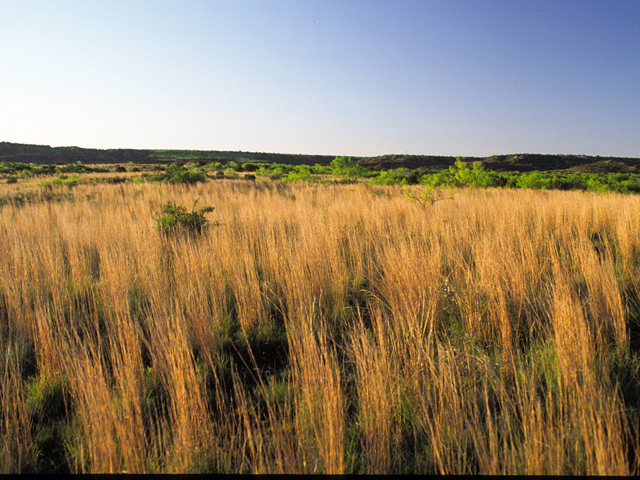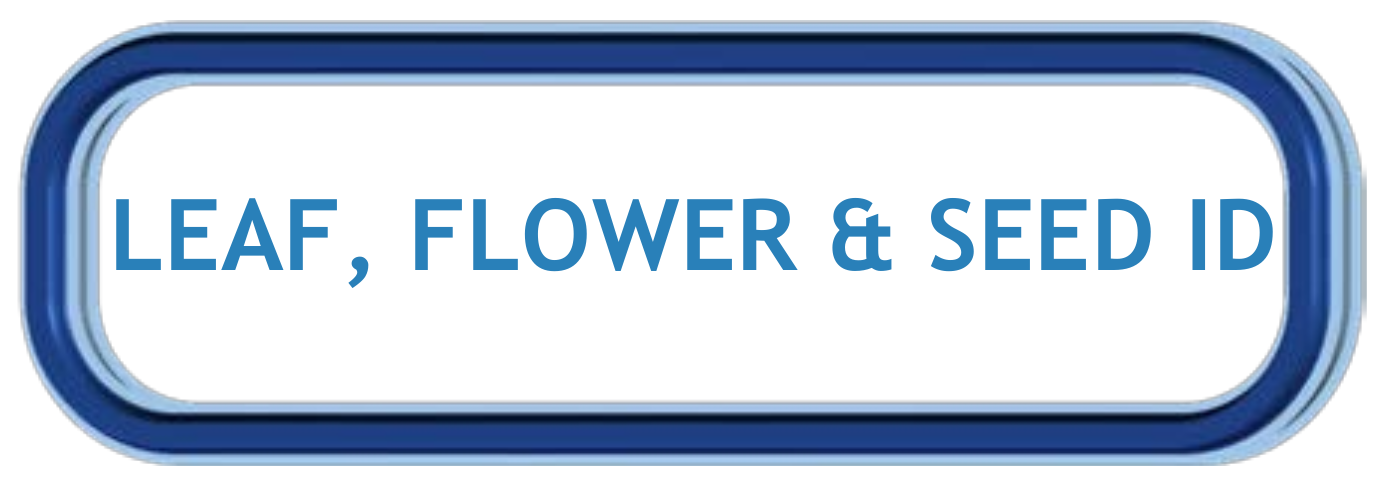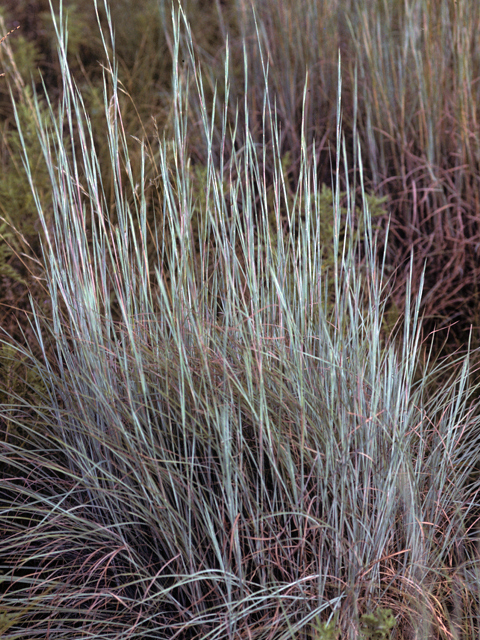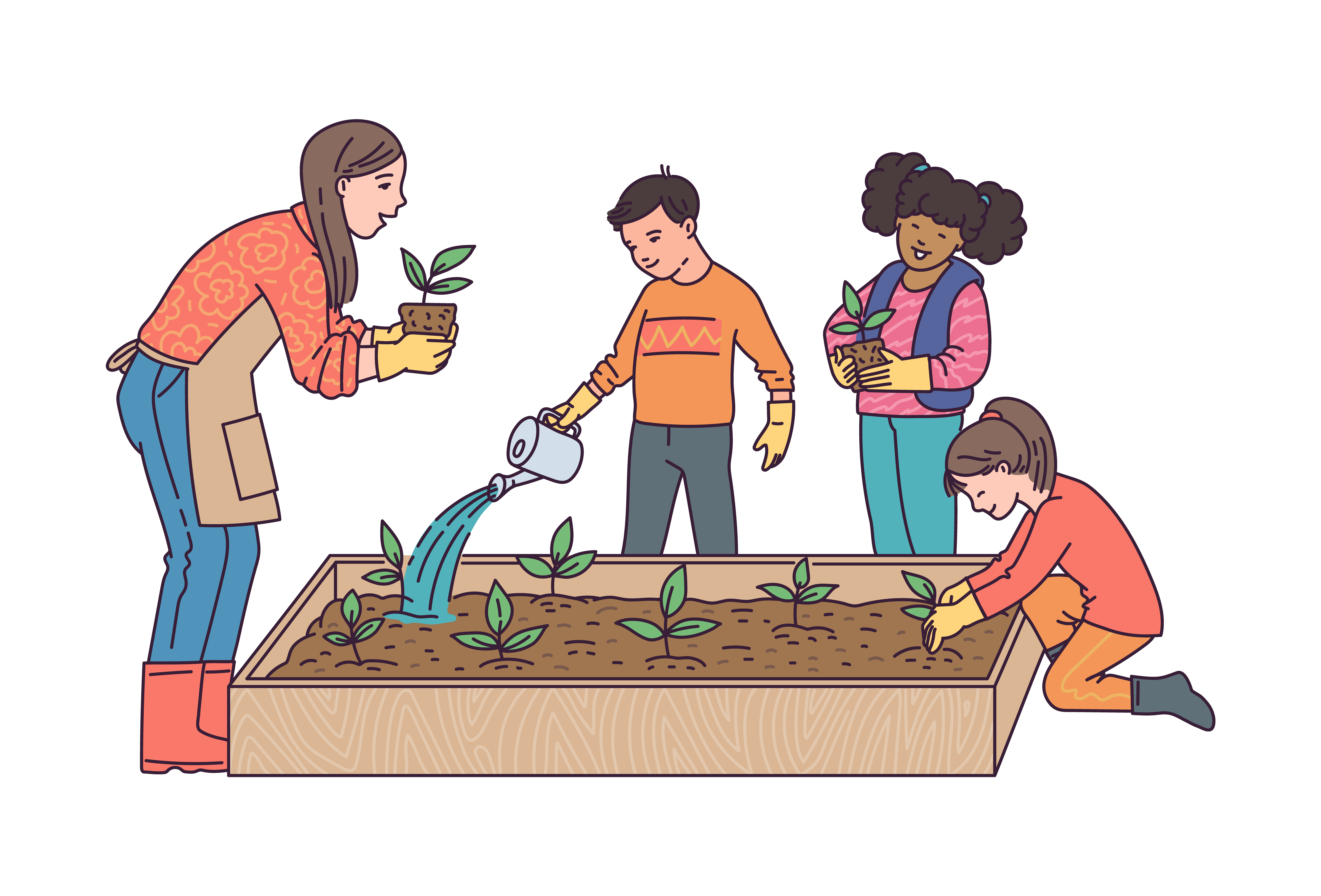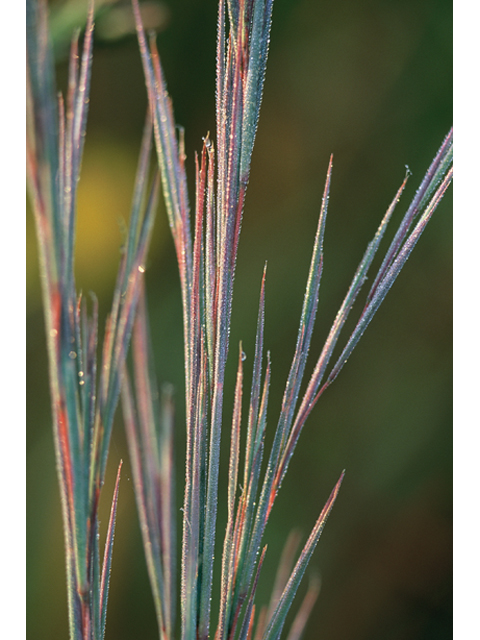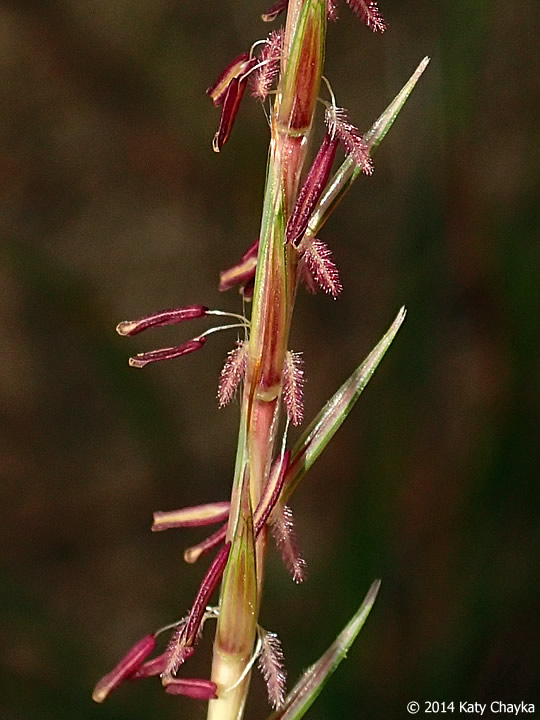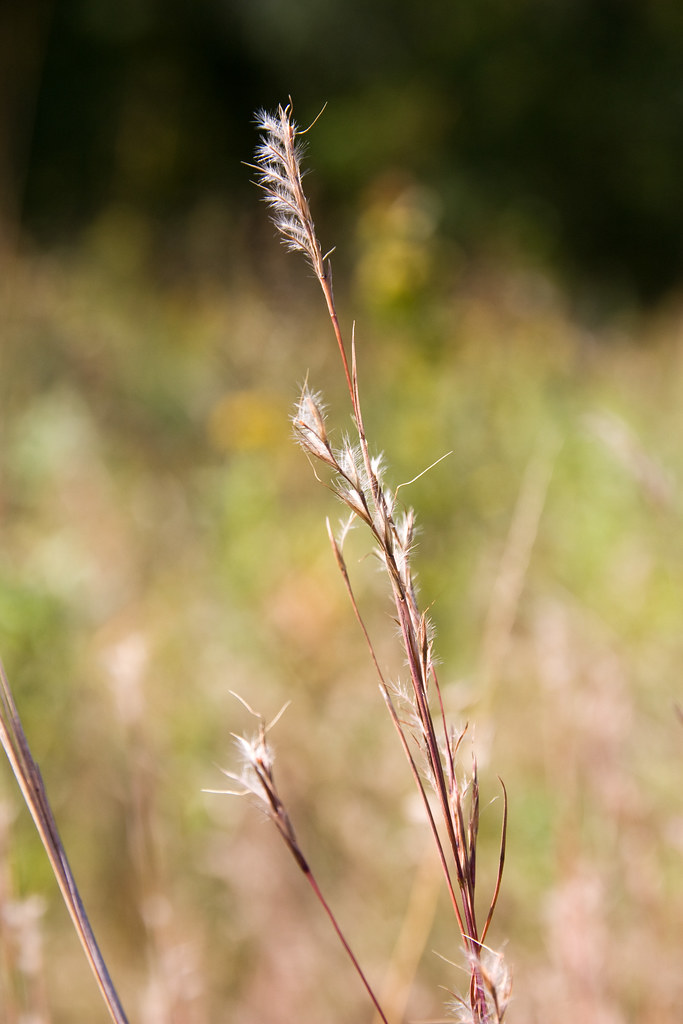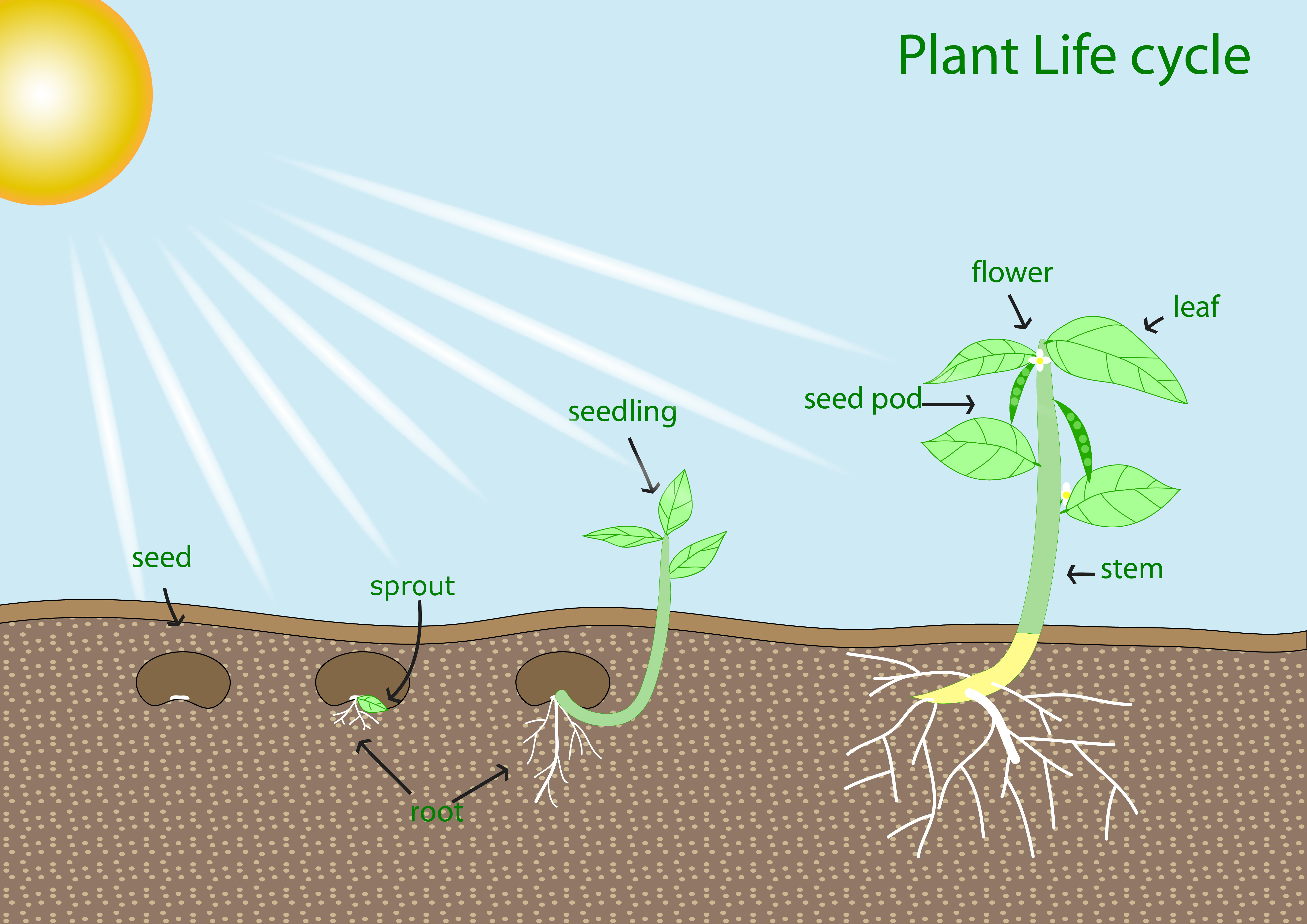Dig into Plants: Little Bluestem
| Little Bluestem Scientific Name: Schizachyrium scoparium Native to Alabama: Yes |
|
Lady Bird Johnson Wildflower Center - Sally and Andy Wasowski Click on image to enlarge it |
Learn more about...
| Ecological Benefits | ||
| This plant provides food for: | ||
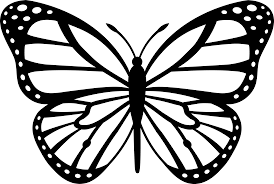 |
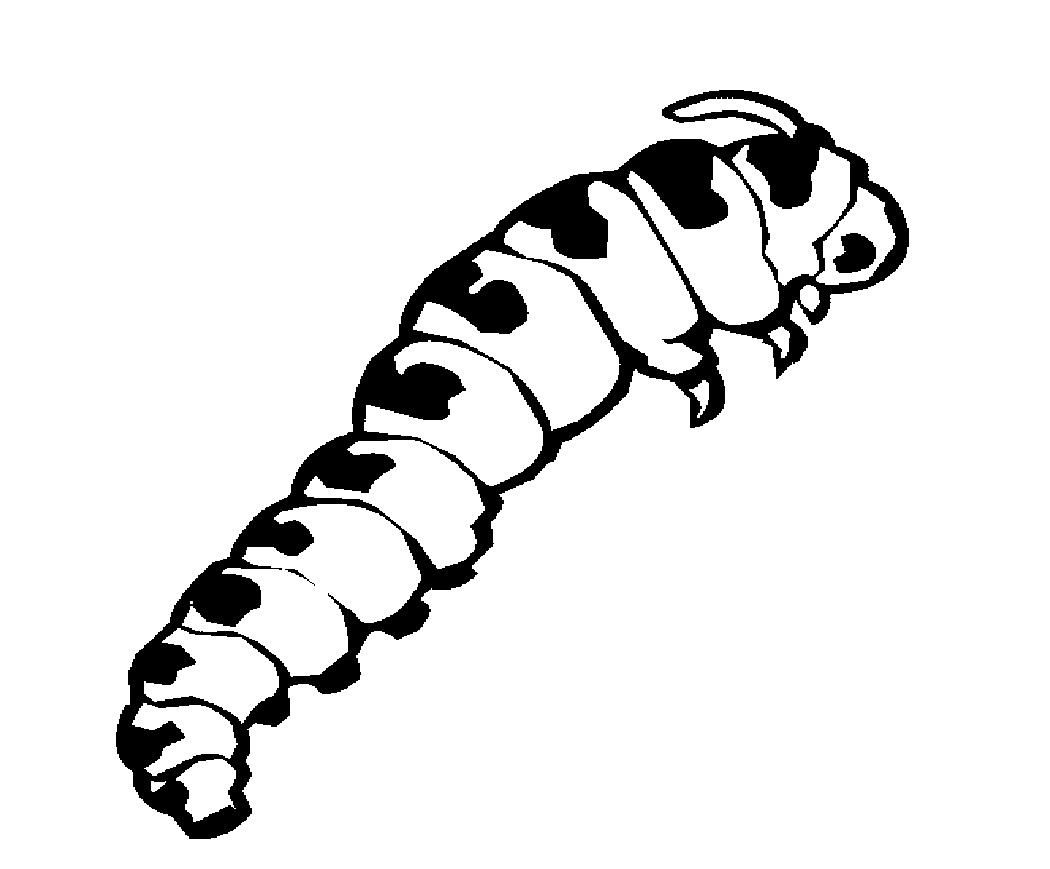 |
 |
| Butterflies | Caterpillars | Other Birds |
| Dusted Skipper, Crossline Skipper, Cobweb Skipper | ||
| Habitat Requirements | |||
| This plant prefers: | |||
|
(6+ hours of sun per day) |

Dry Soil |
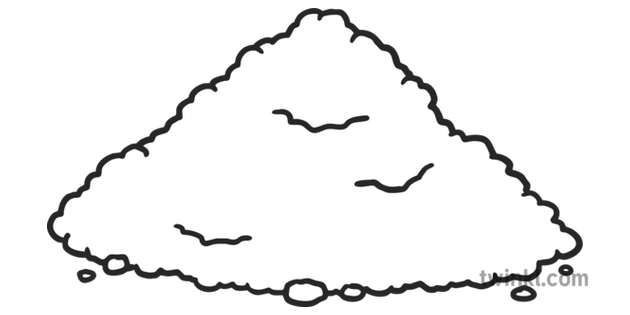 Well-drained, Sandy, Loamy, Clay, or Limestone soil Well-drained, Sandy, Loamy, Clay, or Limestone soil |
|
| Leaf, Flower & Seed Identification | ||||
| LEAF DESCRIPTION |
Lady Bird Johnson Wildflower Center
Carolyn Fannon Click on image to enlarge it |
|||
| Leaf Characteristics Chart (PDF) | ||||
| Shape: Linear |
Margin: Entire/Smooth |
Arrangement: Alternate |
Form: Simple |
|
|
|
|
|
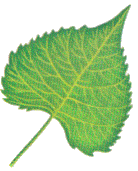 |
|
| Description: | ||||
| Leaves are green-gray with a bluish tint; thin, slender, and flat about 0.25 inches wide; sheath is glabrous and keeled; bronze-copper colored in the fall and remain this color throughout the winter | ||||
| FLOWER DESCRIPTION |
Minnesota Wildflowers - Katy Chayka Click on image to enlarge it |
||||||
| Flower Shapes Chart (JPG) | |||||||
| Color: Purple/Lavender |
Shape: Spike-like cluster |
Bloom Months: July - Oct |
|||||
| Description: | |||||||
| Purplish flowers are produced in pairs of spikelets arranged in an inflorescence; appear as a spike-like cluster located at the top of each branch; each cluster is 1-3 inches long | |||||||
| SEED DESCRIPTION |
flickr - Tony Ernst
Click on image to enlarge it |
||
| Type: Fruit - Caryopsis (dry, one-seeded fruit; seed coat fused to fruit wall) |
Description: Seed heads are fluffy/ fuzzy and silver-white |
Months in Seed: Fall - Winter |
|
| Plant spreads by: | |||
| Seeds In the fall, the spikelet of flowers spreads out along with the hairs on the inflorescence, giving the seed head a silvery white, fuzzy appearance that is attractive to wildlife. The seed itself is a brownish purple spindle shaped seed that tapers to a point. |
|||
ADDITIONAL RESOURCES FOR TEACHERS
| Quick Fact Sheet (Condensed Species Info) |
Plant ID Sign: Ready as-is PDF |
Plant ID Sign: Editable Word Doc |
QR Code (Links to this Webpage) |
INFORMATION SOURCES FOR THIS PLANT
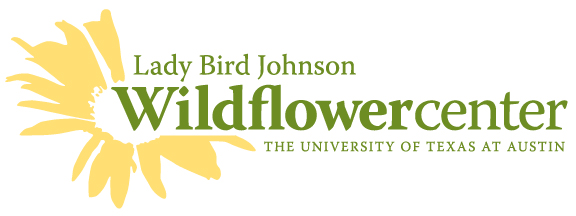 |
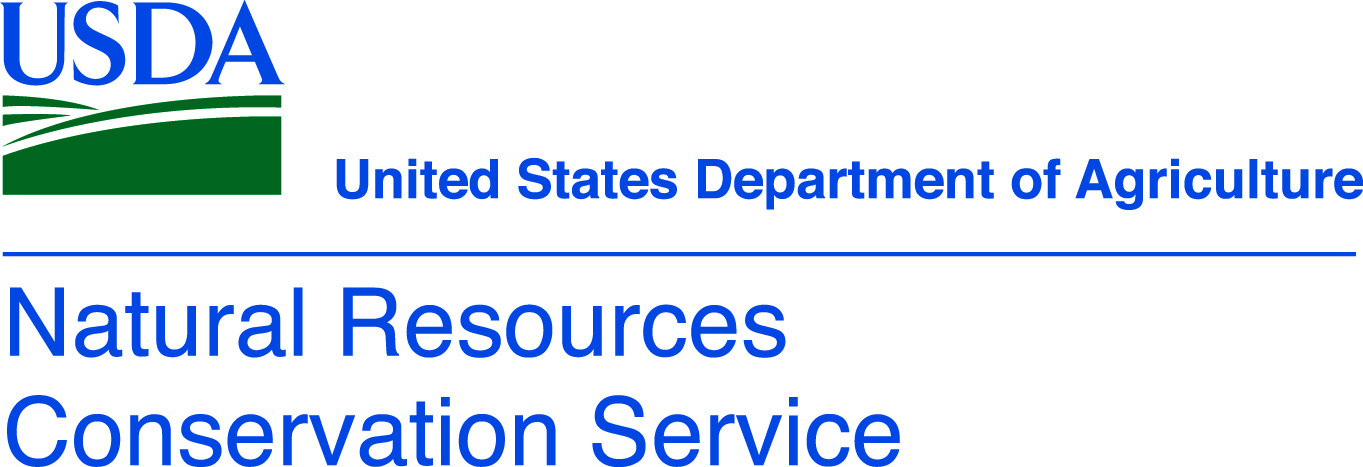 |
|
|
|
 |
|
|
|
|
|
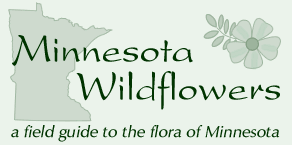 |
||
 Wildlife Tag
Wildlife Tag
